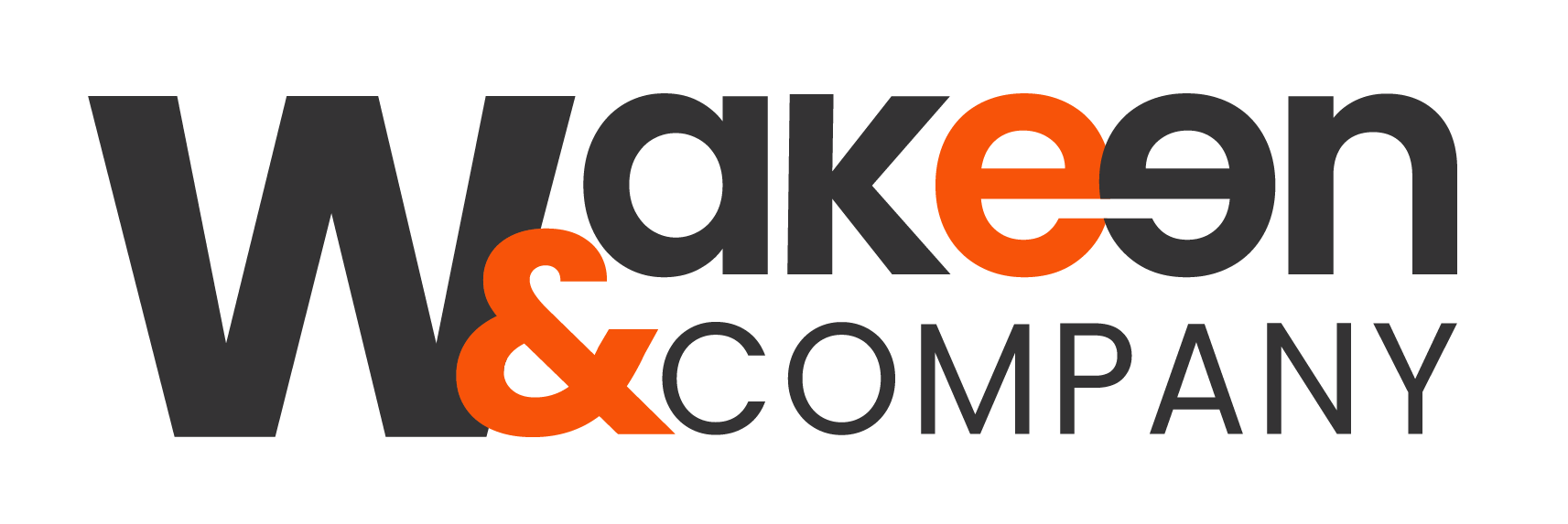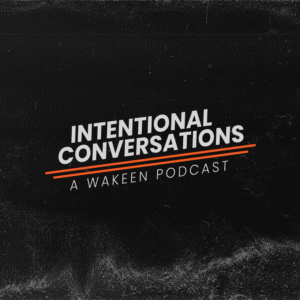In this blog:
- Platforms, Platforms, Platforms!
- Audience Targeting
- Short Form vs. Full Episode?
- Access to Inventory
Whether you’re a marketer or consumer, chances are you’ve heard the terms OTT (Over-the-Top), CTV (Connected Television), or Streaming Video. Essentially, these all point to the same medium – accessing audiences with video content beyond traditional broadcast TV buys. Experts project digital video ad spending at $63 billion in 2024, climbing at 16% growth year-over-year. This represents a huge opportunity, but not without pitfalls. For those who are new to this space or have been dabbling, but not experienced results, here are four things to consider when building your streaming video marketing strategy:
1. Platforms, Platforms, Platforms!
As video consumption has become increasingly fragmented, there is no shortage of streaming platforms. Virtually every multi-media provider has found a way to deliver video content in the form of a streaming service. Many of them work in similar ways, but it’s important to note that for most advertisers you will need to be selective to narrow down the platform(s) that best suits your audience and goals. Key metrics to consider include average impressions, cost, types of content, how content is accessed, and whether it can be skipped.
2. Audience Targeting
Advertisers have become accustomed to greater precision with audience targeting in the digital environment, and streaming video is no exception. Campaigns can be geared towards broad types of content delivered through a specific platform such as Hulu or narrowed down to a specific category of content (i.e. Sports, News, Lifestyle). In many cases, however, a content-driven approach isn’t as relevant as targeting based on your audience.
Defining the people you want to reach by demographics, purchasing behaviors, and interests removes bias from your perception and reaches your customers where they are engaging with content. This should be coupled with geographic targeting to mimic your market footprint Regionally by DMA, more narrowly by County, or even pinpointed at the zip code level.
3. Short-Form Streaming Video versus Full Episode?
Most streaming video services offer content that falls (generally) into two buckets. Short-form videos (around 5 minutes or less) and full-episode videos (about 20 minutes or longer). Full-episode programming tends to be consumed more often on large format screens (i.e. TV’s). The ads are almost always non-skippable and integrated into the content as a commercial break. This usually results in higher Completion Rates (about 97%+). Short-form video can be viewed on large format screens, but there is substantially more inventory to be consumed on small screens such as phones and tablets.
While pre-roll video may require a viewer to watch all or most of a video, most platforms allow the viewer to skip past the video after a few seconds resulting in a lower Completion Rate (usually around 70%+). The positive trade-off with short-form video is that it can often be purchased at a lower CPM rate and offers more targeting attributes, allowing for greater impressions and reach within the same budget. It’s not uncommon for advertisers to deploy a mix of inventory.
4. Access to Inventory
First, consider that not all streaming video services even allow ads, so you’ll need to make sure that ad-supported models are part of their lineup. Once you’ve determined which provider(s) are most relevant, many will offer self-serve platforms to navigate their ad inventory and make selections around content, audiences, timing, etc. If you want a more agnostic approach to streaming services, then consider using a DSP (demand side platform) that provides access across many providers and curates audiences based upon data collection from both 1st party and 3rd party sources.
Regardless of how and where you place your video, you should regularly review reporting and evaluate the effectiveness of the investment in relation to your goals. Finally, you can not overlook the importance of creating videos that will connect with your audiences in meaningful ways, no matter which platform you use.





